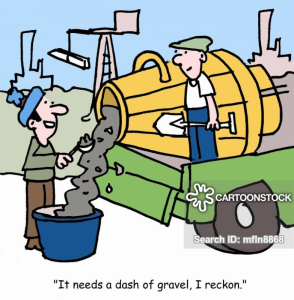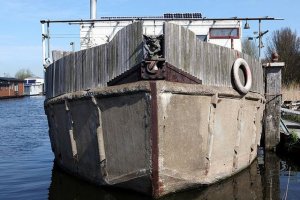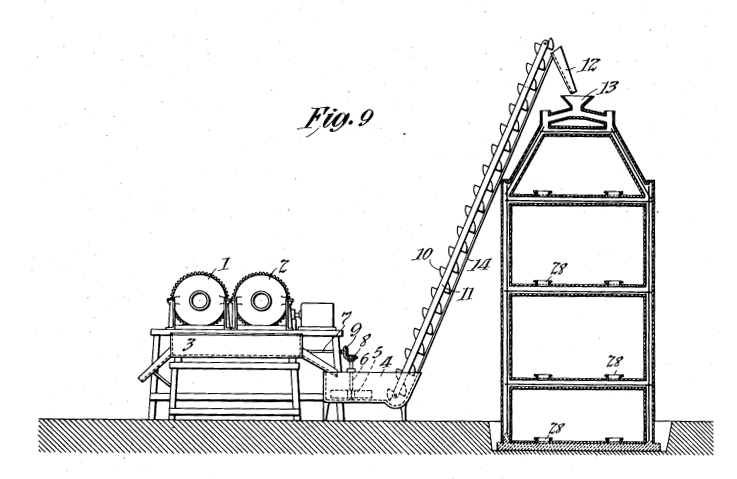Seems like concrete or stucco houses would be excellent in areas of fire dangers. Full article here.'
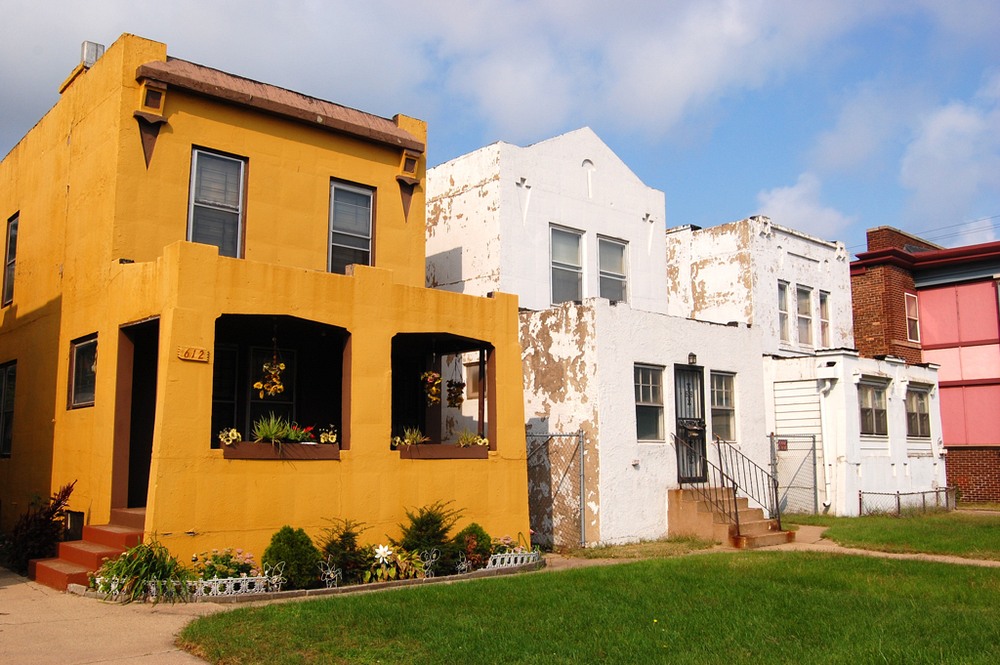
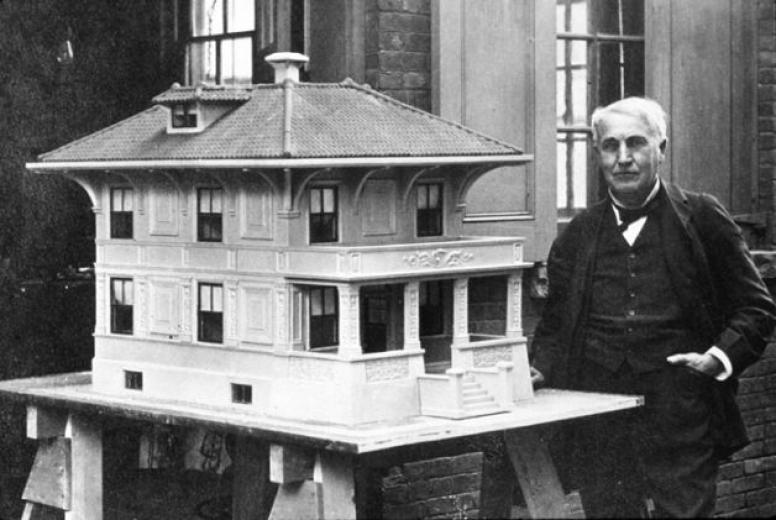
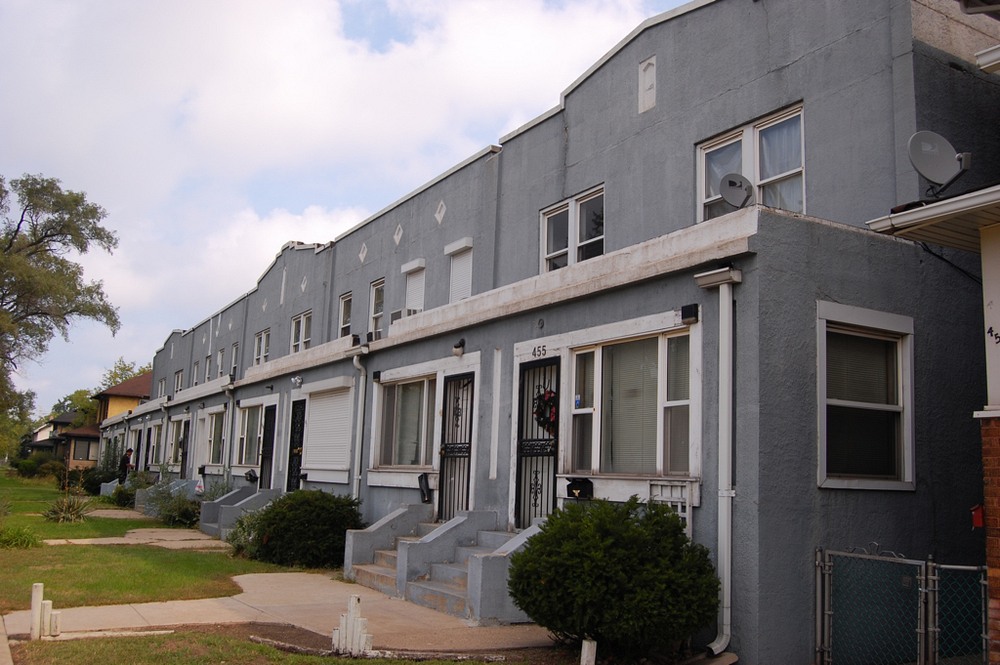
Concrete houses in Gary, Indiana constructed using methods developed by Thomas Edison. Photo credit: Eric Allix Rogers/Flickr



Concrete houses in Gary, Indiana constructed using methods developed by Thomas Edison. Photo credit: Eric Allix Rogers/Flickr
Of all things Thomas Alva Edison is known for, concrete is not one of them. It was one of Edison's less successful ventures, but not one without significance.
Towards the end of 19th century, Edison, like many businessman and builders of the time, was captivated by the possibilities of cement. Edison believed that concrete was the future and the answer to all housing problem, and he decided to act on this impulse in a big way.
Edison’s foray into the cement making business, however, was accidental. For ten years, Edison was milling iron ore unsuccessfully selling off the waste sand the mills produced to cement manufacturers. Struggling against steep competition from ore mills in the Midwest, Edison tried to keep his business afloat using stocks from his immensely successful General Electric Company. But once Edison realized that he was flogging a dead horse, he decided to switch to cement making instead using the same waste that he had been selling to his now competitors.
In 1899, Edison formed the Edison Portland Cement Company and built a massive plant in western New Jersey featuring 150-foot rotating kilns, the largest in the world at that time. Within a decade Edison was the fifth biggest cement producer in the world. His researchers continually improved the cement making process and Edison kept patenting them. Altogether, this illustrious inventor holds forty-nine patents relating cement manufacturing.
Edison’s ultimate dream was the mass production of cheap concrete houses. He patented a process by which homes could be cast in a single continuous pour instead of pouring floor by floor. But that’s not all. Aside from walls and floors, Edison wanted every interior structure—baths, toilets, sinks, cabinets, beds, and even refrigerators and pianos—to be of concrete.



